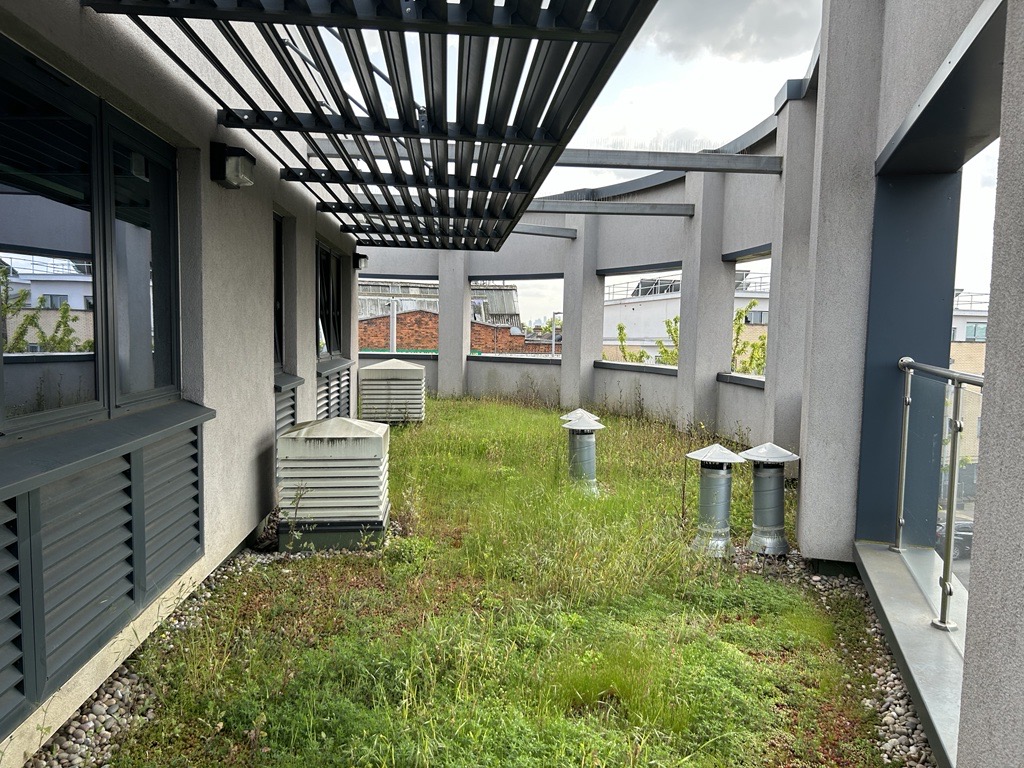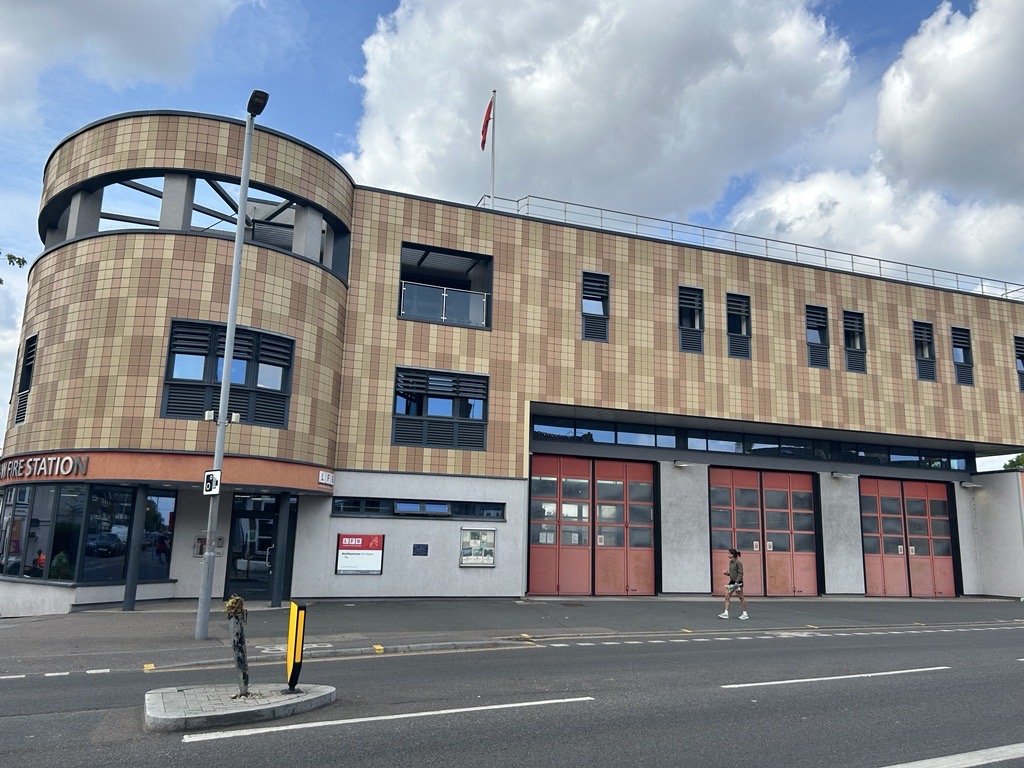London Fire Brigade has welcomed London’s Deputy Mayor for Environment and Energy to its first ever Carbon Zero fire station, which demonstrates its commitment to sustainability and improving the environment.
The transformation of Walthamstow Fire Station support’s the Brigade’s target of becoming Carbon Zero.
On Thursday 18 May, Deputy Mayor for Environment and Energy, Shirley Rodrigues, visited Walthamstow to learn more about the important work that has been done and other improvements the Brigade is delivering. London’s Deputy Mayor for Fire and Resilience, Fiona Twycross, visited the station earlier this year and has been supporting the Brigade’s sustainability initiatives.
Deputy Mayor Rodrigues was joined at the fire station by Assistant Commissioner for Fire Stations, Spencer Sutcliff, Assistant Director for Property Laura Birnbaum, Carbon Reduction Strategy Manager Paul Cook, Waltham Forest Borough Commander Neil Guyett, Walthamstow Station Commander Matt Williams and other key members of the project team.
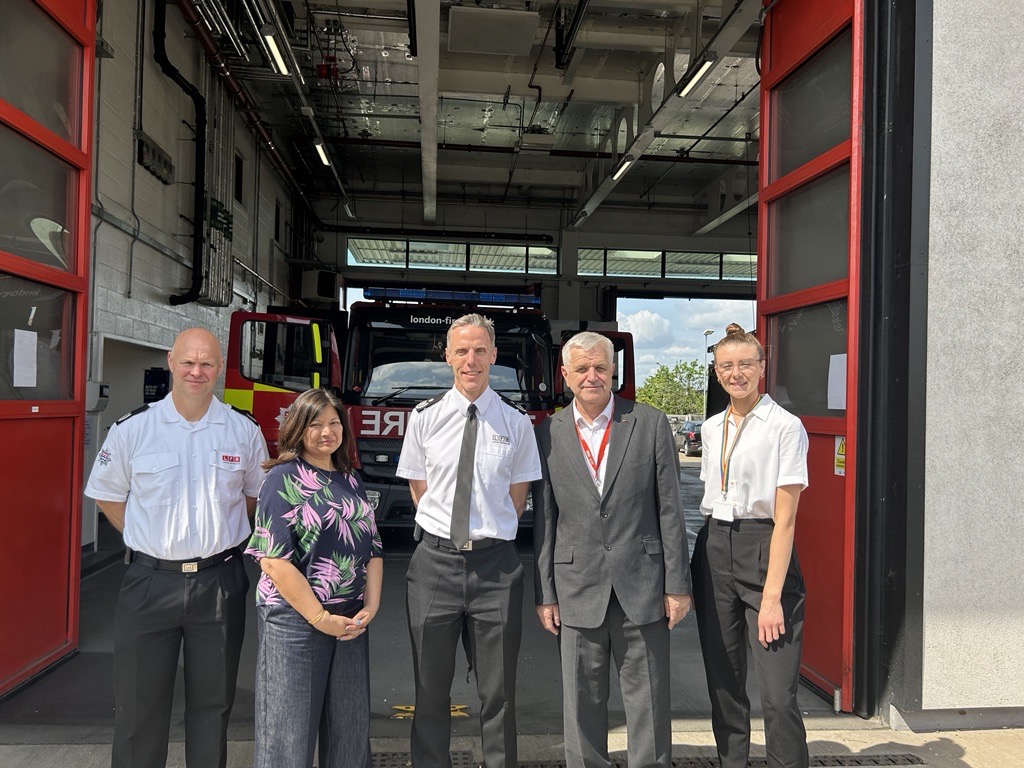
During a tour of the fire station, she was shown new solar panels on the station’s roof, and new energy efficient lighting.
The Brigade has been able to remove the use of gas at Walthamstow Fire Station which has been replaced by a new electric heat pump. When solar power isn’t providing enough electricity, the station runs on electricity from 100 per cent renewable sources, helping to make it London’s first Carbon Zero fire station.
The Brigade has also recently been awarded funding of around £1.4 million from the UK Government through the Public Sector Decarbonisation Scheme to undertake similar work at five more fire stations by the end of 2024.
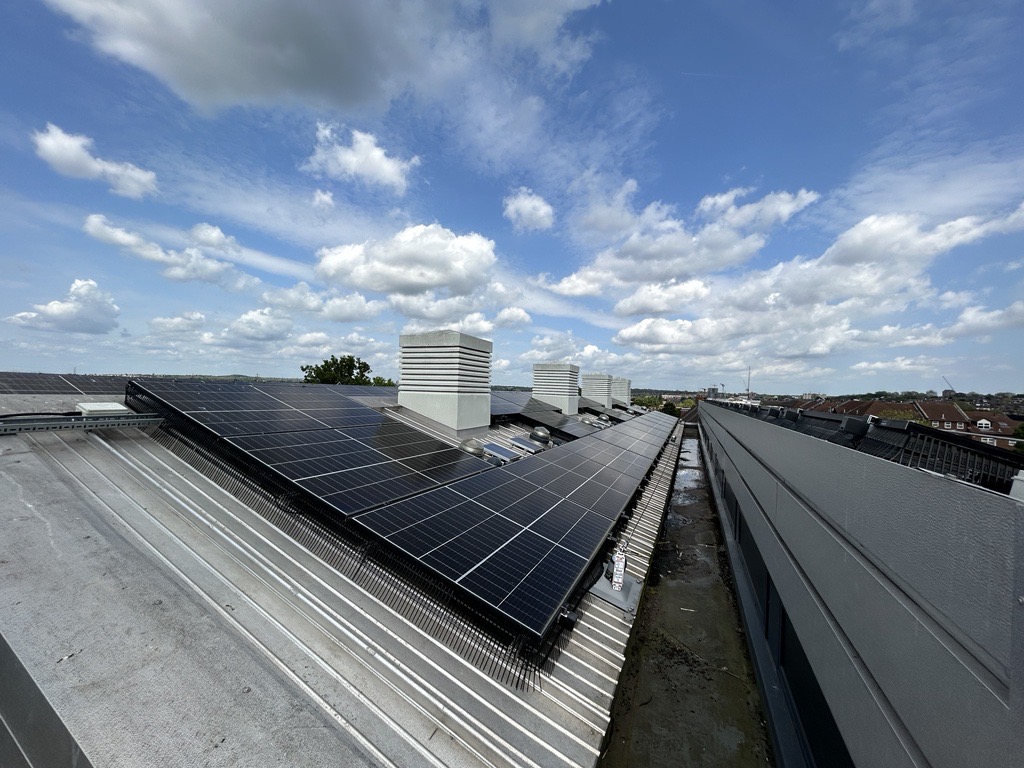
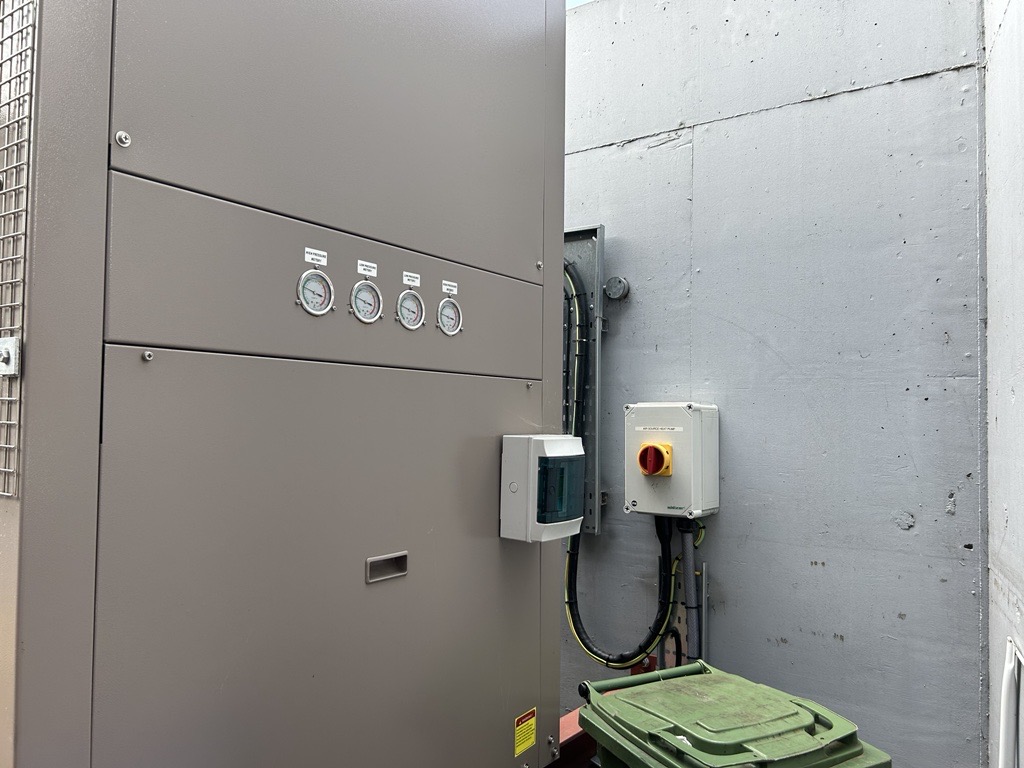
Paul Cook, Carbon Reduction Strategy Manager at London Fire Brigade, said: “We are really proud to have made Walthamstow Fire Station carbon net zero to support the Mayor of London’s net zero 2030 target. The project has not come without its challenges, but crucially, it has proven that we can reduce the Brigade’s dependency on gas.
“But we see this as the first step in a long journey and we have another 102 fire stations to move this forward to which we are planning for now.
“However, the trial at Walthamstow has enabled the Brigade to develop a comprehensive carbon net zero strategy which, with the funding to replicate these changes across the estate, means we can become carbon net zero by 2030, helping London to become a cleaner and greener city.”
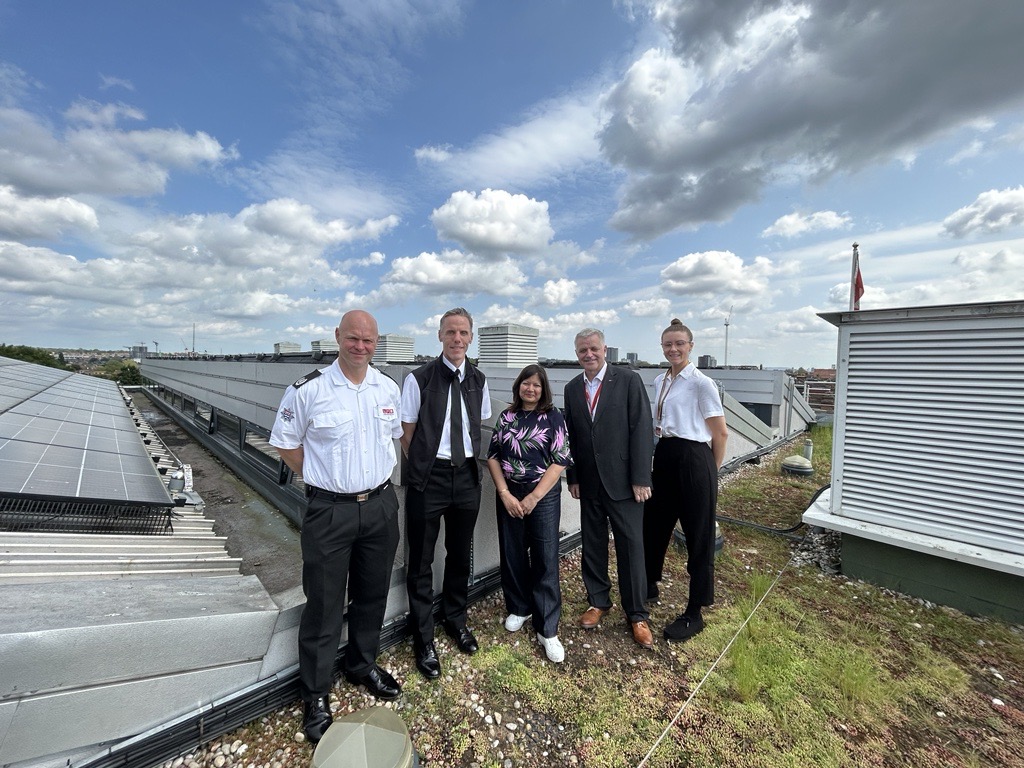
Deputy Mayor for Environment and Energy, Shirley Rodrigues, said: “I was delighted to visit the capital’s first-ever carbon net zero fire station in Walthamstow. London Fire Brigade is leading the way with new green technology thanks to investment and continued support from the Mayor of London to help modernise and transform the Brigade.
“Our emergency services have an important role to play in helping our city achieve the Mayor’s target for London to be a net zero carbon city by 2030. By using renewable energy to power vital frontline services for Londoners and better protect our environment, we can make London a greener, safer, fairer and more sustainable city for all Londoners.”
